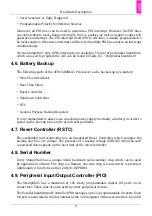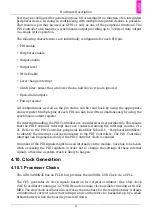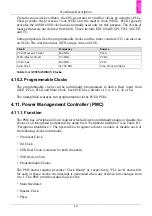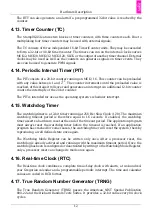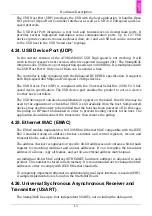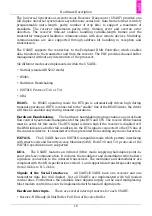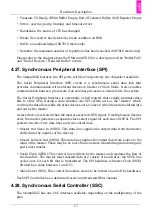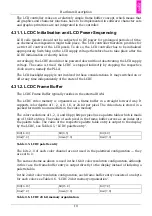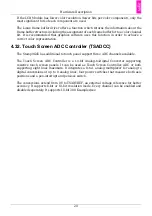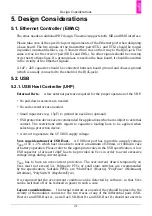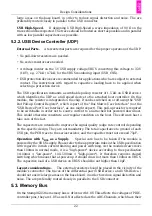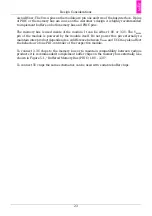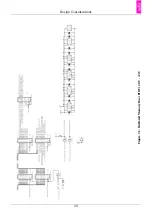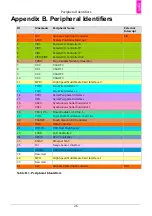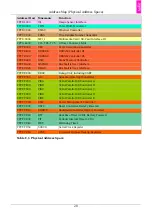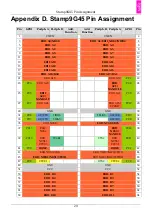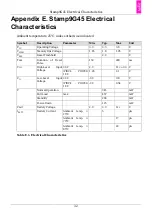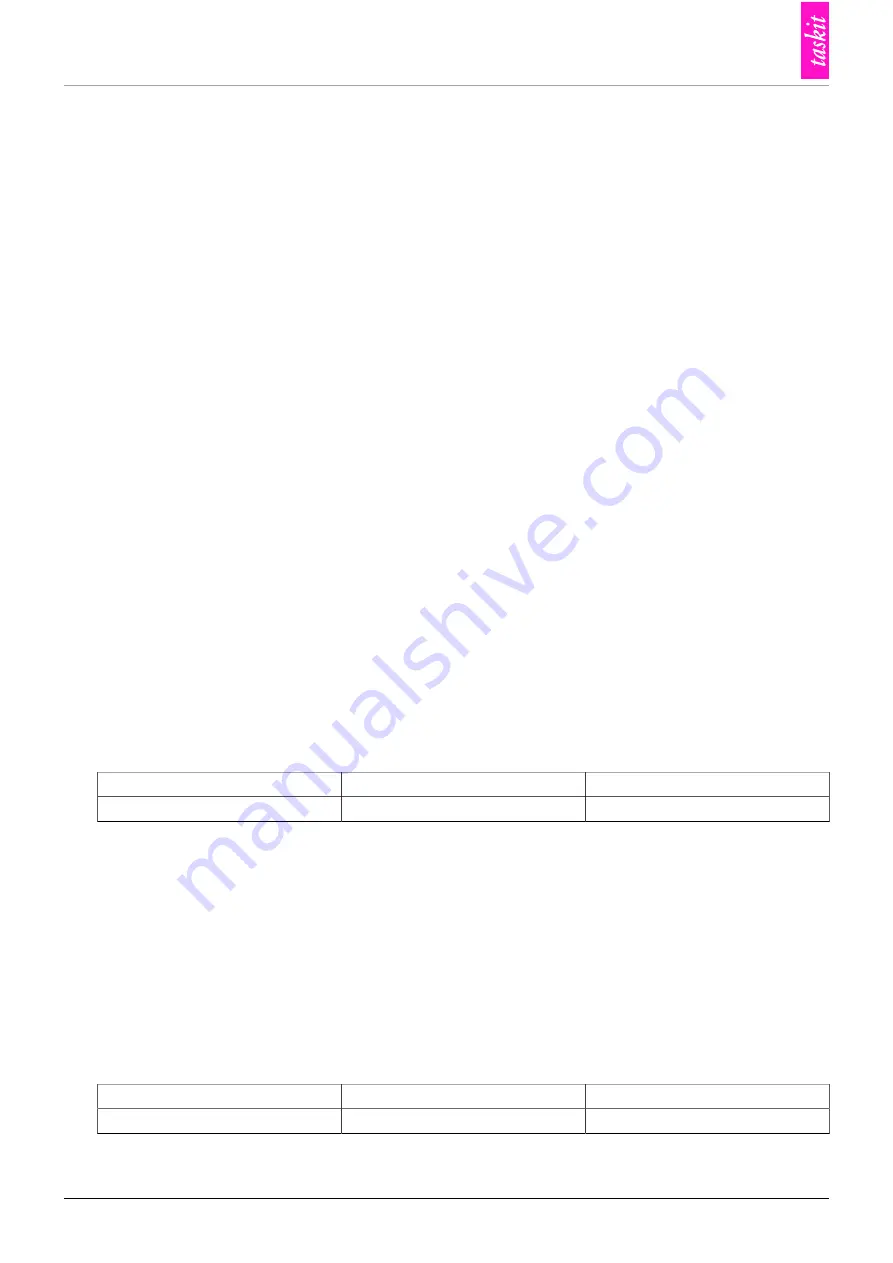
Hardware Description
19
The LCD controller relies on a relatively simple frame buffer concept, which means that
all graphics and character functions have to be implemented in software: character sets
and graphic primitives are not integrated in the controller.
4.31.1. LCDC Initialisation and LCD Power Sequencing
LCD cells (pixels) should not be subjected to DC power for prolonged periods of time,
as chemical decomposition might take place. The LCD controller therefore provides for
a strict AC control of the LCD pixels. To do so, the LCD controller has to be initialized
appropriately. Switching on the LCD supply voltage therefore has to take place after the
LCDC initialization or shortly before.
Accordingly, the LCDC should not be powered down without deactivating the LCD supply
voltage. The same is true if the LCDC is stopped indirectly by stopping the respective
clock source, namely the PLLA.
The LCD backlight supply is not involved in these considerations. It may switched on or
off at any time independently of the state of the LCDC.
4.31.2. LCDC Frame Buffer
The LCDC Frame Buffer typically resides in the external RAM.
The LCDC video memory is organized as a frame buffer in a straight forward way. It
supports color depths of 1, 2, 4, 8, 16, or 24 bit per pixel. The video data is stored in a
packed form with no unused bits in the video memory.
The color resolutions of 1, 2, 4, and 8 bpp (bits per pixel) use a palette table which is made
up of 16-bit entries. The value of each pixel in the frame buffer serves as an index into
the palette table. The value of the respective palette table entry is output to the display
by the LCDC, see Table 4.5, “LCDC palette entry”.
Bit[14..10]
Bit[9..5]
Bit[4..0]
Blue[7..3]
Green[7..3]
Red[7..3]
Table 4.5. LCDC palette entry
The bits 2..0 of each color channel are not used in the palettized configuration — they
are set to 0.
The same scheme as above is used in the 16-bit color resolution configuration, although
in this case the frame buffer entry is output directly to the display instead of indexing a
palette table.
In the 24-bit color resolution configuration, each frame buffer entry consists of one byte
for each color, see Table 4.6, “LCDC 24 bit memory organization”.
Bit[23..16]
Bit[15..8]
Bit[7..0]
Blue[7..0]
Green[7..0]
Red[7..0]
Table 4.6. LCDC 24 bit memory organization




